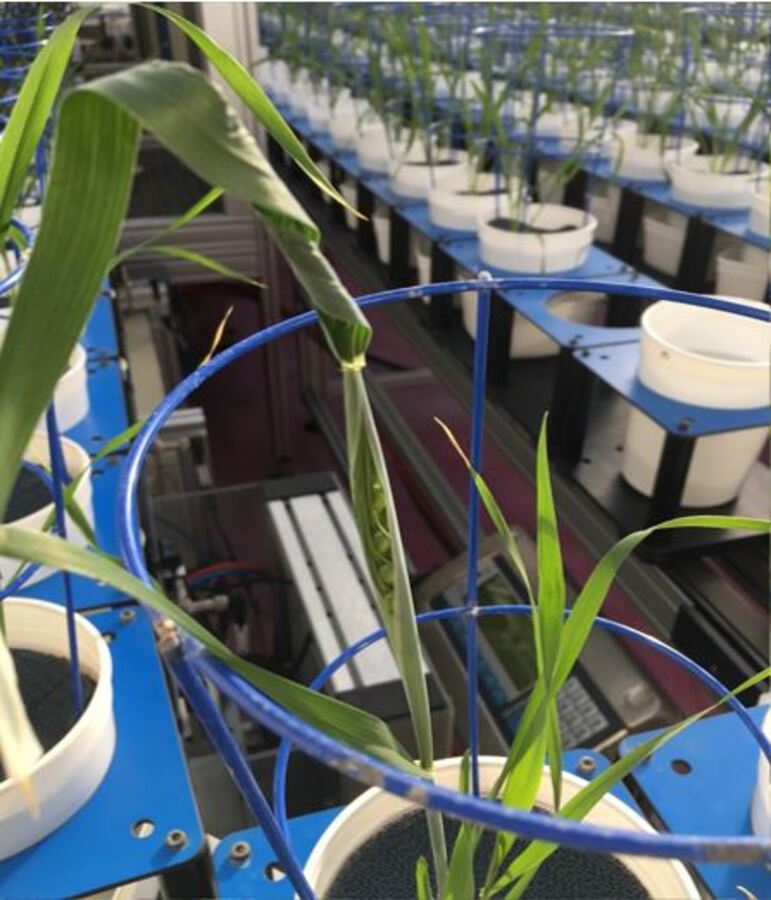Original IWYP Science Brief published here.
More than 70% of daily captured CO2 is released during night respiration. The energy this represents is generally used in ‘futile cycles’ (wasteful processes) and for high-cost processes like nutrient transport. As little as 4.6% of a plant’s energy may be used for biomass accumulation, and a shrinkingly small amount for grain production. To investigate wheat energy use efficiency (EUE), a project “Improving Yield by Optimising Energy Use Efficiency”, led by Professor Barry Pogson at the Australian National University, together with other colleagues in Australia and at CIMMYT, aimed to measure genetic variation in respiration rates of wheat and identify proteomic and metabolic candidates that indicate how energy is being used after it accumulates. Linking these results to the yield and growth of wheat has produced novel relationships that are providing new targets for genetic improvement, better understanding of the nature of futile cycles and emphasized the importance of knowing how far a photosynthetic ‘tank of gas’ can take yields vs. not just how big the tank is.
What Solutions have been Identified?
Genetic variation in wheat lines for dark respiration, which is correlated with yield. Proteins influencing the formation or utilization of the pyruvate pool provide a central target for influencing EUE that have powerful novel correlations with yield and respiration.
A focus on phosphoenolpyruvate carboxylase, acetolactate synthase, 3-phosphoglycerate kinase, fructose-bisphosphatase and a range of other proteins and metabolites presents opportunities for the future.
What has been Transferred to the Wheat Improvement Pipelines?
A hyperspectral method/protocol for screening Rd (dark respiration rate).
QTL locations for genetic variation found to be correlated to EUE.

